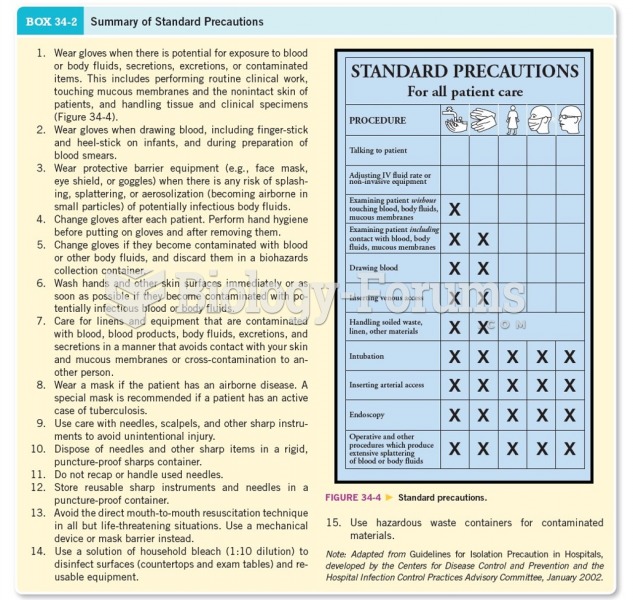Which of the following is not a standard for litigating cases under the Equal Protection clause?
a. Rational relationship test
b. Irrational relationship test
c. Intermediate test
d. Strict Scrutiny test
Question 2
Some states have enacted legislation enabling school districts to levy taxes for schools. Such districts are called
a. fiscally autonomous.
b. fiscally dependent.
c. fiscally envious.
d. fiscally proportionate.
Question 3
Which of the following is not an example of Federal legislation or court decisions that has had an impact of education at the state level?
a. No Child Left Behind
b. Title IX of the Civil Rights Act
c. Brown v. Board of Education of Topeka Kansas
d. The Virginia Freedom of Information Act
Question 4
The court case United States v. Lopez (1995) was an example of federal intervention in education based on which of the following?
a. A state refusing to apply for a federally-funded grant
b. A state accepting a federal grant under the General Welfare clause
c. A state provision that violates the Interstate Commerce Clause
d. Actions the violate the U.S. Constitution
Question 5
The court case Tinker v. Des Moines Independent School District (1969) was an example of federal intervention in education based on which of the following?
a. A state refusing to apply for a federally-funded grant
b. A state accepting a federal grant under the General Welfare clause
c. A state provision that violates the Interstate Commerce Clause
d. Actions the violate the U.S. Constitution
Question 6
Which is not a means by which the federal government enters into the states purview of education?
a. Should a state refuse to apply for a federally-funded grant
b. Should a state accept a federal grant under the General Welfare clause
c. When a state violates the Interstate Commerce Clause
d. When actions the violate the U.S. Constitution
Question 7
What gives the federal government the authority to use tax dollars to fund education when that function is a responsibility of the state?
a. Section 8, Article 1 of the U.S. Constitution
b. The Massachusetts Law of 1647
c. The Nationalization of Education Act of 1824
d. Each state constitution has wording to accept federal funds
e. The 10th Amendment of the U.S. Constitution
Question 8
Only one state does not delegate authority to the local school boards to administer education. Which state is that?
a. Alaska
b. Hawaii
c. Georgia
d. Montana
e. Texas
Question 9
States have plenary power over education. What is the best definition of plenary?
a. It comes from Old English meaning plainly; in other words it is plain to see.
b. It means administrative control over various aspects.
c. It means plenty of.
d. It means all must attend, as in a session.
Question 10
Why is education a state function?
a. Because that is the way it has always been
b. Due to the 14th Amendment
c. Due to the 13th Amendment
d. Due to the 10th Amendment
e. Due to the States Rights Initiative just before the Civil War
Question 11
Currently, the federal government funds approximately 1 trillion in elementary and secondary education
Indicate whether the statement is true or false.







